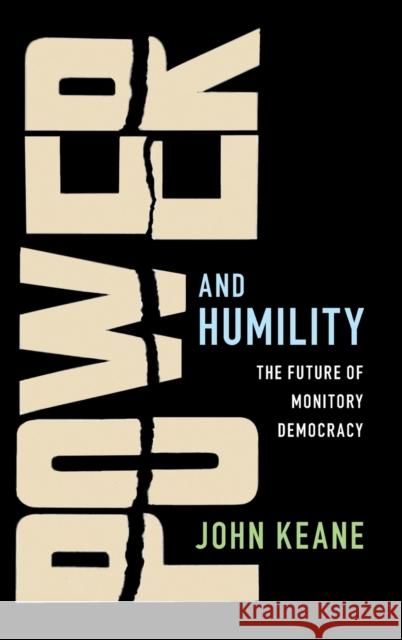Power and Humility: The Future of Monitory Democracy » książka
topmenu
Power and Humility: The Future of Monitory Democracy
ISBN-13: 9781108425223 / Angielski / Twarda / 2018 / 492 str.
Power and Humility: The Future of Monitory Democracy
ISBN-13: 9781108425223 / Angielski / Twarda / 2018 / 492 str.
cena 338,33
(netto: 322,22 VAT: 5%)
Najniższa cena z 30 dni: 335,59
(netto: 322,22 VAT: 5%)
Najniższa cena z 30 dni: 335,59
Termin realizacji zamówienia:
ok. 22 dni roboczych.
ok. 22 dni roboczych.
Darmowa dostawa!
An imaginative, radically new interpretation of the twenty-first-century fate of democracy by a distinguished scholar.











